This post about Earth Day’s 50th Anniversary is written by Guest Writers: Seema Thomas and Junu Shrestha
The thoughts presented in the article are the writers’ own and do not represent views of the organizations they are employed in. Please note that with COVID-19, not all of these suggestions can be done right now. Bookmark this article for when we are no longer practicing social distancing!
We can learn a lot from different parts of the world to make a difference for the planet on Earth Day’s 50th Anniversary.
Our children come to us with their own genomes, quirks, and peculiarities. But even with everything that makes them unique, there is room for us parents and the world to nurture and mold them. One way we can help them grow is by teaching them to appreciate the world and the environment that sustains it.
We drafted this article before COVID-19 took hold of the world. Right now, celebrating Earth Day’s 50th anniversary is so important. More than ever, we are connecting with nature. Let’s take this chance to help our children learn more about protecting the planet.
We live in the DC metro area, where we are mixing and mingling with people constantly. We have access to so many foods and cultures from around the world. Fifty years have passed since the first Earth Day, yet it continues to be a day of celebration to explore the world and work on protecting the planet. Earth Day is about the entire planet. By doing our part in the global effort to make life more sustainable in small and big ways, we can pass Earth on to our children, the next generation. Let’s sow the seeds of simple and sustainable living in our young children to create an appreciation for nature and the world.
Here are six wonderful (and practical) ways of supporting sustainability in our urban areas to share with our next/future generation.
1. Earth Day promotes farming and gardening.
It’s a blessing for some to have yard space these days when parks are officially closed. Spring is here, and some of us are planting their gardens to keep COVID-19 off of our minds. Planting a garden with your children is a great way to talk to them about farming, and all that goes with it. While we may enjoy growing a garden or visiting a farm, everything we put in it—such as fertilizer and weed killer spray—will eventually end up in the flow of nature (like our water). Local author and conservationist Rachel Carson warned of the dangers of pesticide use in her phenomenal book, Silent Spring. She also inspired the modern environmental movement we know today.
Traditionally in many parts of the world, farmers introduce many types of insects–such as ladybugs, praying mantis, spiders—to get rid of pests. Nowadays with afternoons together with my son, we are exploring soil—which simply means digging and appreciating earthworms. These creepy crawlies add value to the garden and nature, and my son is fascinated to learn about what they do.
While pesticide use continues to be common for large scale agriculture, we can explore more natural ways of [integrated] pest management in our yards with our children. For example, Vietnamese farmers found a more natural way of growing rice which uses less fertilizer and pesticides and incorporates hedgerows. This method results in better yield, quality, and more income while avoiding soil depletion.
Here are some local ways you can help your children learn about gardening:
- Children can use your leftover coffee grinds to deter snails, slugs, rabbits and other animals.
- Visit Rachel Carson’s former home in MD to learn more about her and her work.
- Visit the portrait of George Washington Carver, an African-American agricultural scientist and inventor who promoted ways to avoid soil depletion. His portrait can be found at the National Portrait Gallery (NPG, West Gallery 220) near Chinatown or visit it virtually.
2. Protect the planet by reducing, reusing … and more reusing.
We can encourage our children to use less and consider more sustainable materials and products when they can. Growing up in Nepal and India, we used jute products over and over again. They are durable and can be produced with a low ecological footprint. They are also biodegradable and compostable. Reusable bags can harbor germs, so we do have to be careful and wash them regularly.
As another example, rags are routinely used in many countries to wipe dirt off kitchen surfaces. Toss the towel for a wash and reuse! Now that paper towels are prized items, there’s even more of a reason to switch to old t-shirts and towels—but do not forget to wash them regularly! Recently, while having lunch at a restaurant in Lome, Togo, I noticed that colleagues brought their Tupperware to take the leftovers home. There’s no need for to-go food containers—just bring a Tupperware container from home, and keep reusing it!
Here are a few ideas for reducing by reusing:
- Take a trip to a famers market with your own cloth bags! Encourage your kiddos not to wrap or package goods like vegetables.
- Check out the Smithsonian’s National Museum of the American Indian’s Always Becoming sculpture. It’s made of organic materials intended to naturally erode over time.
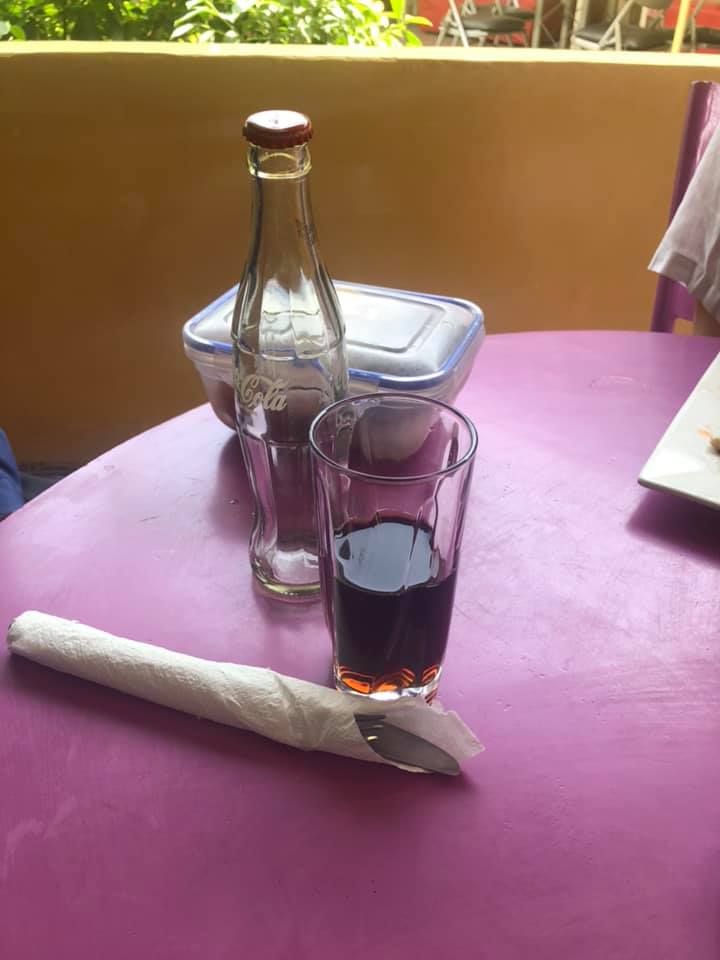
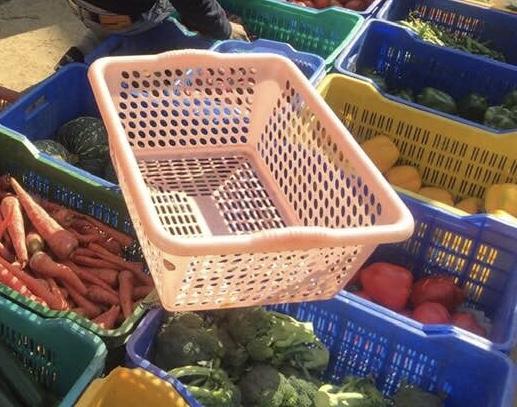
3. Make minimizing packaging a habit.
When I walk through the snack aisle—my favorite—I see mega, mini and micro packets of snacks, and to make it more convenient for families, smaller packets inside a bigger packet, like an unartistic Russian doll. On Fridays, my family enjoys an easy take-out meal. It comes in a big brown bag with several plastic containers, and in some cases, upcycled compostable boxes. All of these things add to our overall carbon footprint.
However, we can shift towards foods that are not as highly packaged. I recently got tamales with my son at a local farmers’ market. It was one of the best examples of no packaging I’ve seen! In Latin America, tamales—hot pockets of deliciousness with meat and corn packed corn husks—are all about minimizing waste! Corn for food and husk for packaging. While enjoying tamales, it is fun to show children that we have no waste from the tamales! We also tossed the husks into composting pile and back to dirt it goes.
Here are a few tips on minimizing packaging that you can do with your children:
- Encourage your children to pack reusable containers before heading out to restaurants.
- Make it a grocery store game or competition to buy food and products without any or less packaging.
- Check out Trex’s Recycling Programs to find new uses for lots of plastic containers, such as grocery bags, bread bags, case overwrap, dry cleaning bags, newspaper sleeves, ice bags, wood pellet bags, ziplock & other re-sealable bags, produce bags, bubble wrap, salt bags, and cereal bags, etc.
4. Try upcycling instead of recycling—and discover second-hand treasures.
It’s interesting what people do around the world to reuse materials and save energy. In Italy, for example, Rifò is a start-up that creates beautiful, soft, high-quality local clothing and accessories with regenerated wool and cashmere. They save water and energy by using fiber created from the shredding of old clothes. Inuit people use seal or walrus gut to make water and wind-resistant ponchos called Kamleika.
Saving energy and reusing materials can be done on a smaller scale at home. With my daughter, we try to visit thrift stores on holidays to get steep discounts on almost new beloved Children’s books. (Last time we got 6 books for under $2!).
Check out these tips on finding second-hand treasures through upcycling:
- Go shopping with your brood at a thrift store like Value Village and find creative ways to upcycle it at arts and crafts stores like Tanglewood Works.
- Check out some free hard-to-recycle waste nearby through Terracycle.
5. Make your home “green.”
Dakar, Senegal does not see much rain throughout the year, so water is quite scarce. People there make every drop count. On a recent visit, I saw office buildings with rainwater collectors; they use the water they collect for cleaning and watering plants. Houses with traditional Japanese architecture simply give me a sense of calmness. When I read up on it, I found that their design intentionally is in-tune with nature. Corridors with skylights and translucent sliding doors provide natural light and multi-purpose rooms with minimal furniture maximizes space for different uses. This concept limits the need for many rooms which lowers the houses’ overall carbon footprint. They also use local materials that are suited for the climate, such as wood, earth, clay or plaster.
Here are a few ways you and your children can learn about “green” homes:
- Take your children on a tour of the American Society of Landscape Architects Headquarters near the Chinatown metro station. It has a green roof with Platinum LEED certification.
- Last summer and fall, our tri-state area saw flash floods and long periods without any rains. Harvesting rainwater so that it can be used when we have weeks without any rains and plants are drying out would be a fun project. Create and decorate your own rainwater collectors. (Hint: feel free to repurpose old plastic containers!)
6. Connect with nature by being out and about.
In Scandinavia, schools focus on being outdoors in any way possible for Barnehage! Despite the cold weather (yes, colder than the mid-Atlantic!), Norwegian children spend considerable time outdoors, exploring the woods, camping, or simply rolling around in the snow in balaclavas. A friend in Norway shared a picture of her kindergartener’s graduation. He happily balanced on a tree stump for the ceremony. Kindergartners get around 70% and 31% outdoor time in summer and winter semesters respectively. Bonding with nature early is very important. Beloved biologist E.O. Wilson, a Maryland native, began his investigation about ants at the age of 9 in our very own Rock Creek Park. This encounter sparked his future interests in entomology.
Try these ideas with your children to encourage them to connect with nature:
- Take a magnifying glass with you wherever you go. Nature is everywhere even in an urban area! Identify bugs that you see!
- Consider joining the Free Forest School which offers weekly meetups for unstructured play in nature.
- If you’re stuck inside and open to screens, consider an online urban ecosystem game from PBS.
Times are unusual with COVID-19. This virus clearly illustrates how we are connected to every part of the world, and how we need to continue to learn from each other. The connection of animals to a worldwide pandemic illustrates how crucial it is to care about the planet and its creatures right now and always.
‘We are connected with each other and nature.’ By sharing these insights and methods of living sustainably from around the world, we hope to instill habits that will help our children lead less resource-intensive lifestyles in the future.
Share how you plan to celebrate Earth Day’s 50th Anniversary with your family in the comments below.
About the Guest Authors:
Seema Thomas is a mom of a busy-like-a-bee toddler. She was born in the District, and raised in 4 counties in the DMV. When she’s not planning an outing for her young one, she spends her time lecturing on urban sustainability issues at the UDC (her father’s alma mater), as well as consulting in urban development. Follow her on twitter at @SeemaPThomas and more writing.
Junu Shrestha has been living in the tri-state area for over a decade. She is an environmental scientist, whose specialty is in wetlands biogeochemistry, and is currently working on coastal issues in Africa. She enjoys being out in nature with her 5-year-old son!




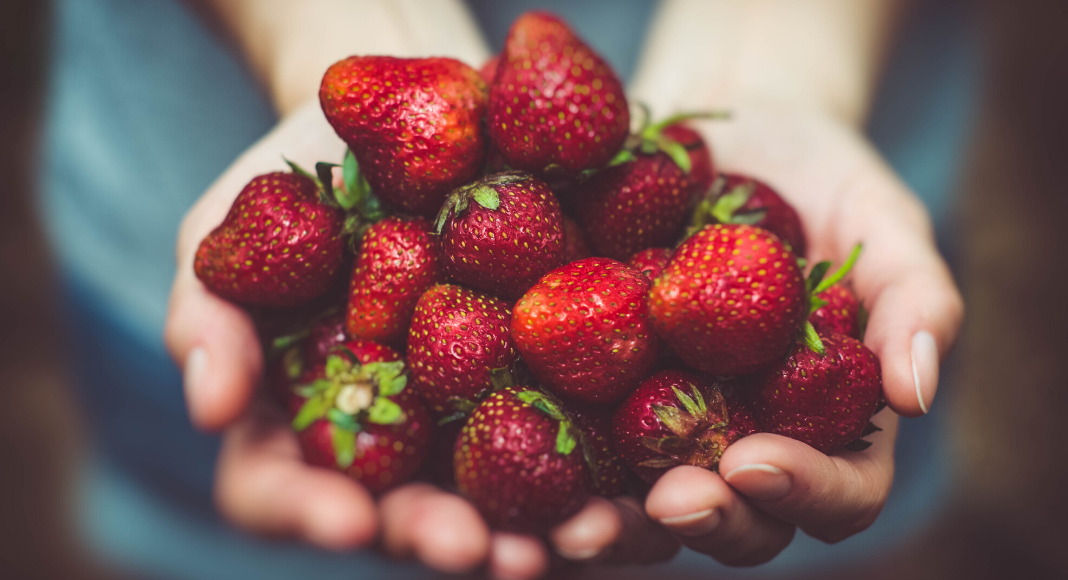
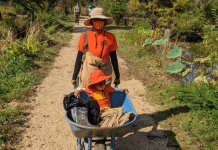





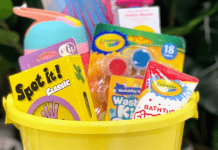





Love this!!! Such a great read, and excellent suggestions for activities. Thanks!
So glad to hear this! Feel free to contact us for other ideas we’ve been exploring. We made a long list of possible sustainable activities.
Thank you! Wonderful article with great tips. My family will be happy to adopt many of them.
Thank you and feel free to share ideas developed by your family too!
Comments are closed.